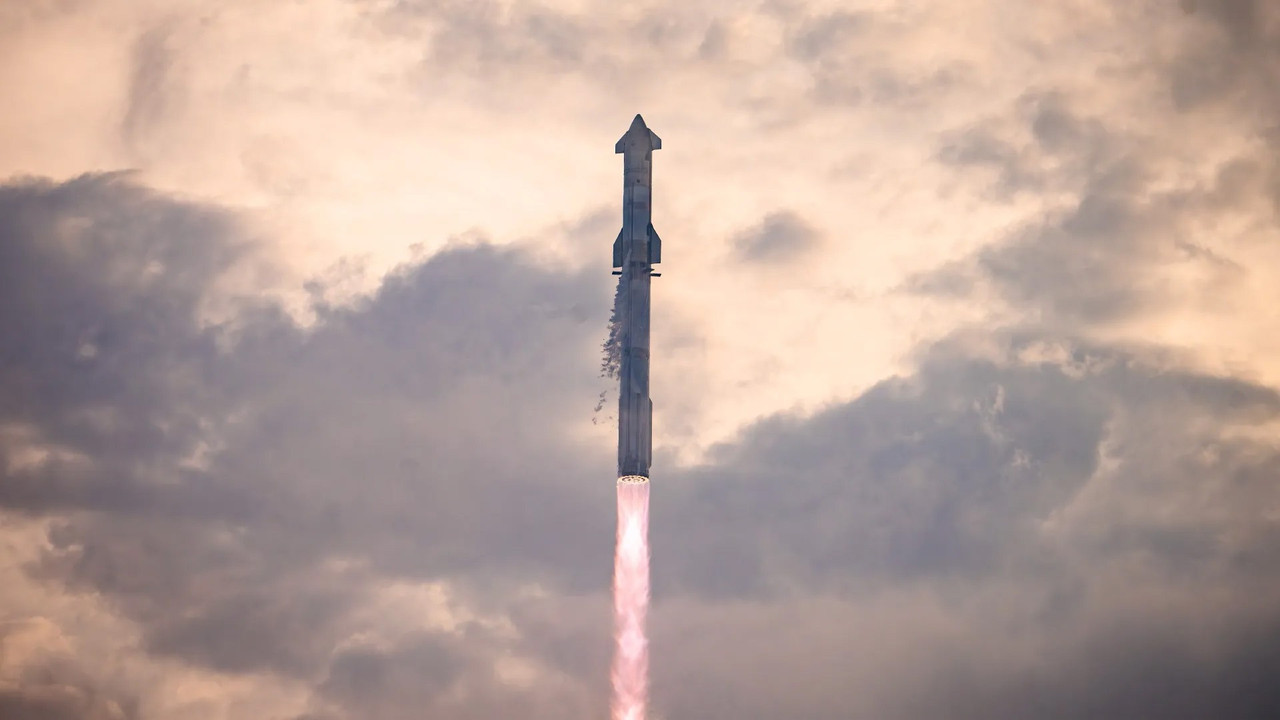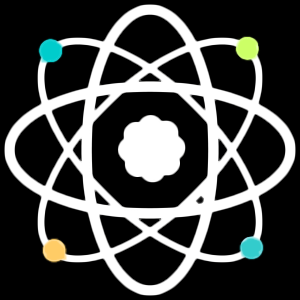On Monday, October 13, 2025, at 6:23 p.m. CT, Starship 11 flight path, Texas, on its eleventh flight test. This was the final flight of the second-generation Starship. It also marked the start of the Super Overwhelming booster era.
Additionally, it was the last launch from the current setup of Cushion 1. We achieved each main goal of the flight test. This provided valuable information as we prepare for the next era of Starship and Super Heavy.
The flight test started with super overwhelming lighting all 33 Raptor motors and rising over the inlet. The successful first-stage launch was followed by a hot-staging move. Starship's upper stage ignited its six Raptor engines to continue its flight to space.
After organizing the division, the Super Overwhelming booster finished its boostback burn. This put it on track for a planned splashdown zone off the Texas coast. It used 12 of the 13 arranged motors.
Mission Objectives: What Was Being Tested?

The booster slid down to the same point used in the last flight. It lit all 13 engines. This included one that didn’t relight during the boostback burn. This was for the high-thrust part of the landing burn.
The booster made an interesting landing burn. This was planned for use on the next era booster. Super Overwhelming drifted over the water some time recently closing down its motors and sprinkling down.
Read Also: Role of AI in Space Science and Exploration
After completing a full-duration climb burn, Starship accomplished its arranged speed and direction. During the flight, Starship launched eight Starlink test systems. It also performed the third in-space relight of a Raptor engine. This shows its ability for future deorbit burns.
Starship re-entered Earth’s atmosphere and gathered extensive data on its heat shield. It was designed to test the vehicle’s limits.
In the final minutes of the flight, Starship made a strong banking turn. This move showed the path future missions will take back to Starbase. Starship used its four fins to steer itself to the planned splashdown zone in the Indian Ocean. It flipped, burned for landing, and made a gentle splashdown.
Now, the focus shifts to the next era of Starship and Super Overwhelming. Different vehicles are currently in active development and preparing for tests.
This next cycle will support the first Starship orbital flights. It will handle operational payload missions, fuel exchange, and more. Our goal is to create a fully reusable vehicle that benefits Earth, the Moon, Mars, and beyond.
Starship’s Return to Form
Though Starship has not had the year that SpaceX would have trusted, the company shows up to be learning from its failures.
The rocket began in 2025 facing hazardous mold. It blew up during its ascent, causing discussions about back-to-back flights in January and March. Flight 9 in May stamped an advancement as Starship dodged issues on the way up.

But it fizzled again on reentry and splashdown. This stage was vital for SpaceX to gather important data on its heat shield's performance. Hiccups proceeded into June, when the dispatch planning for Flight 10 detonated on the test stand.
You Must Also Like: How Does SpaceX Make Rockets Reusable? A Simple Breakdown
SpaceX examined these issues and identified unique root causes for each. They made some changes before Flight 10 in late Admirable. They were viable, allowing Starship to launch its first payload—a set of dummy Starlink satellites. It also achieved splashdown for the first time in 2025.
Flight 11 proceeded with that rise. Starship and Super Overwhelming lifted off from Starbase around 6:23 p.m. EDT on Monday. On the way up, Starship dropped the booster.
It then completed a boostback burn and returned to soil. SpaceX has already caught Super Overwhelming back on the cushion using giant metal chopsticks.
But Flight 11, like the past mission, tried maneuvers that are arranged for the V3 booster. Super Overwhelming on Monday lighted 13 of its 33 Raptor motors some time before moving down to five, at that point three. It drifted a few hundred feet over the sea some time before motor cutoff.
Starship, meanwhile, aimed for its suborbital path. It opened its payload doors and released another batch of Starlink test systems. These were meant to reflect SpaceX’s larger, next-gen Starlink modules, which can only launch on Starship.
The rocket, moreover, relit one of its six Raptor motors on circle for the third time. Future missions will need that capability to keep up orbital control.
Starship’s delegated accomplishment, in spite of the fact that it was surviving a reentry profile aiming to thrust the rocket to its limits. As it did ahead of past flights, SpaceX for Flight 11 expelled a few of the warm shield tiles securing Starship’s stainless steel body.
The goal is to “stress-test” weak parts of the heat shield. These areas face temperatures over 2,600 degrees Fahrenheit as they move through the atmosphere.
The transport reentered safely, showing no major damage on SpaceX’s live feed. This should give the company valuable data. It also did what SpaceX called a “dynamic banking maneuver.”
This move mimicked the path it would take when approaching a capture attempt at Starbase. These tests may encourage the possible capture and fast reuse of Starship, a capability SpaceX has as of now illustrated with Super Heavy.
Following the bank move, Starship coasted down to soil on its side, as if planning for a stomach tumble. It then did a landing flip and burn, gently sprinkling down at a planned spot in the Indian Sea.
Final Thoughts
Flight 11 of Starship is distant more than fair another launch—it marks a turning point. The vehicle and booster performed well. They reached all key destinations and set the stage for the next wave of spaceflight.
For SpaceX and the space industry, this flight shows that reusable super-heavy rockets are not a theory. They are becoming an operational reality fast.
If you’re energized by almost space, lunar investigation, Defaces missions—or fair adore rockets—this is a minute to observe. The time of high-frequency heavy-lift reusable rocketry has in many ways arrived.

